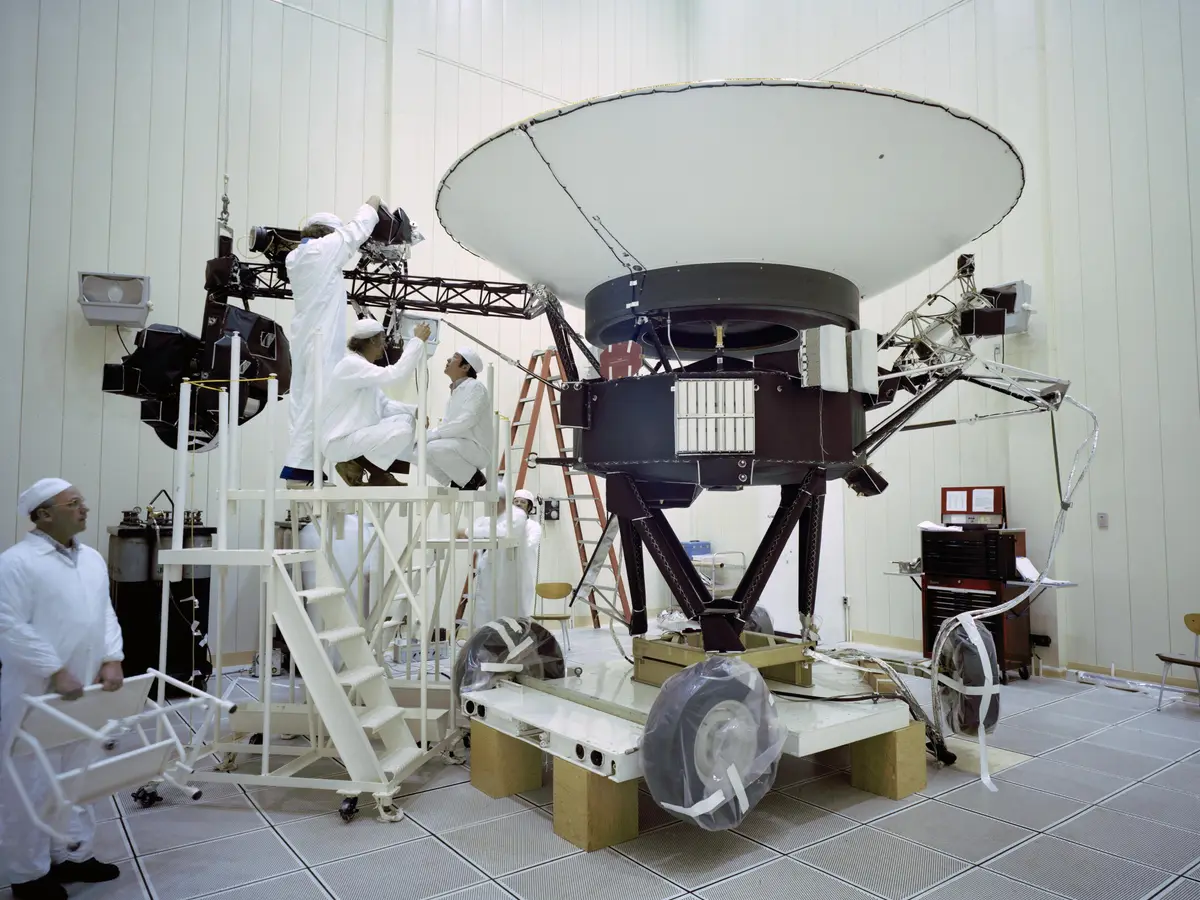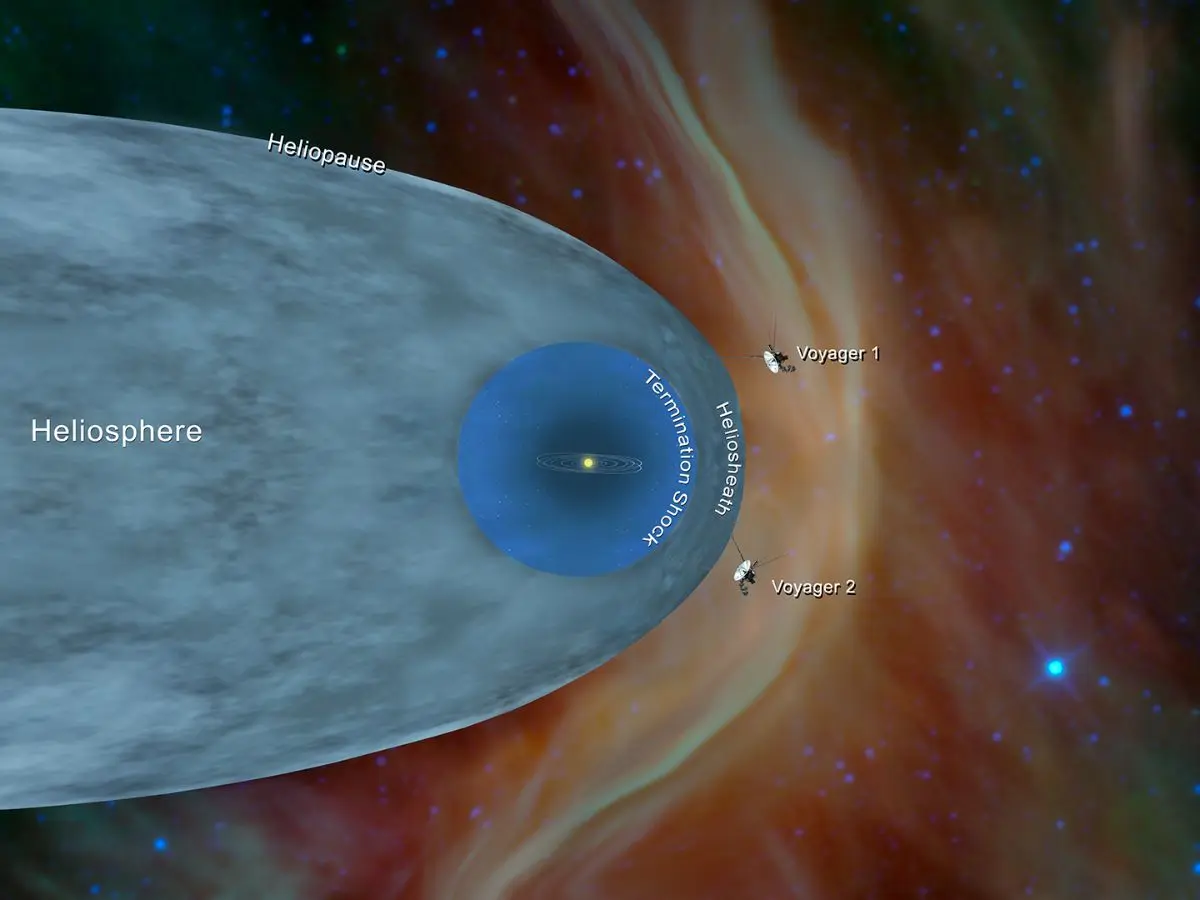The asteroid is expected to miss Earth by only 167 million miles.
By Wyatt Williams
5 hours ago


This image composed from multiple exposures and provided by NSF’s NOIRLab shows a comet streaking across a star field above the International Gemini Observatory on Cerro Pachon, near La Serena, Chile.
(NSF’s NoirLab via AP)
A recently discovered comet is becoming more active as it flies through our solar system toward the sun.
That’s according to experts at the National Science Foundation’s NoirLab, who have been monitoring the comet with the Gemini South telescope in Chile.
(MORE: James Webb Telescope Captures Space Butterfly)
Images released this week show a tail of dust and gas following the comet’s trajectory that has only grown larger and more pronounced since it was last seen in August.
The comet is known as 3I-Atlas and is currently 238 million miles from Earth. According to NASA, the comet is expected to pass the sun in October and continue hurtling toward Earth until December. The closest it will get to Earth on the current trajectory is 167 million miles away.
The comet is believed to be only the third interstellar object that scientists have identified to have entered our solar system.
Source link


